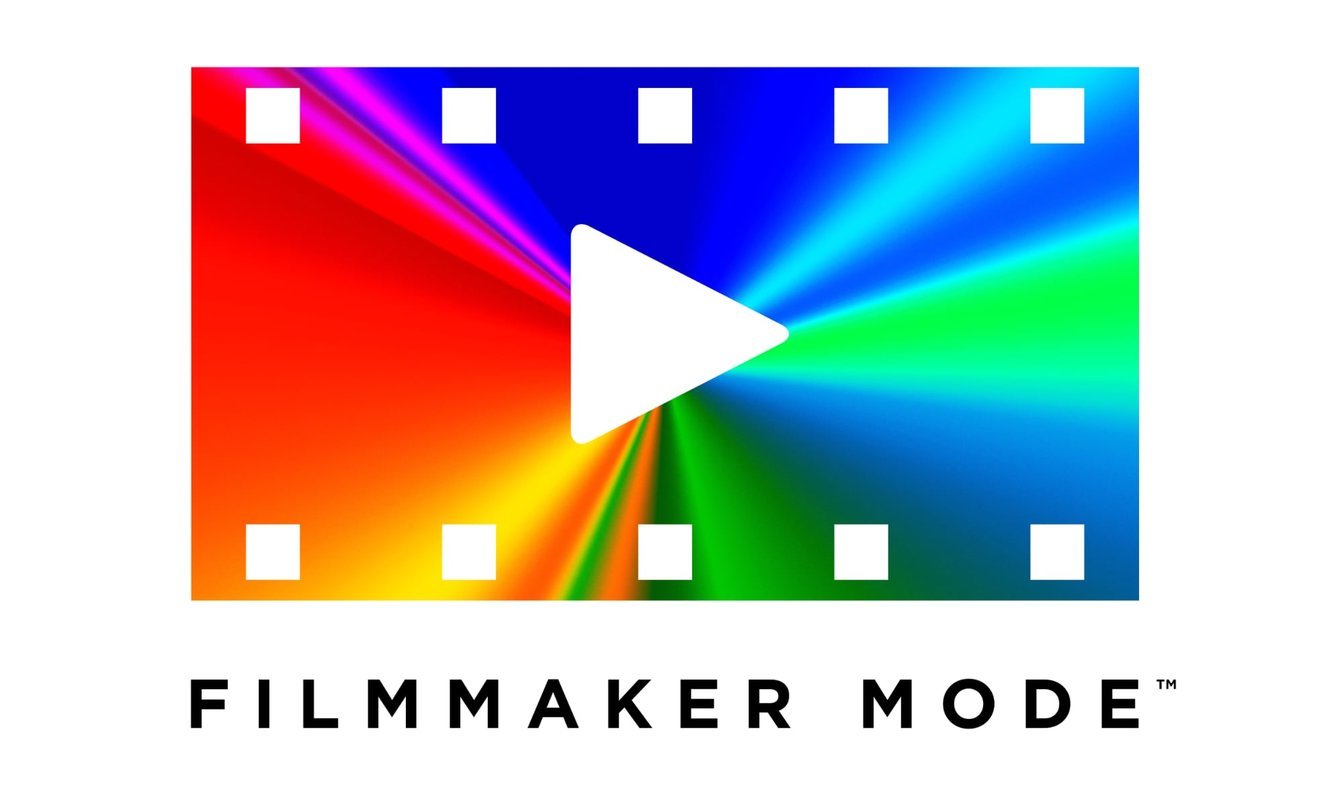The UHD Alliance, a consortium made up of TV makers including LG, Panasonic and Vizio, says it’s creating a new “Filmmaker Mode” for 4K TVs that will ensure movies and TV shows are displayed exactly as their creators intended.

The alliance, which aims to establish performance requirements for resolution, high dynamic range, color and other video and audio attributes on 4K TVs, says the Filmmaker Mode is necessary as it’s almost impossible for consumers to accurately recreate cinematic content. The problem is the difference in processing techniques, panel technologies and lighting arrays, which means that no two TVs display exactly the same image. Most default settings will change or distort the images we see on screen, which means they don’t reflect what a film’s director or colourist would have seen in the studio.
Filmmaker Mode will attempt to fix that problem by correcting some of these picture setting alterations. For example it will disable high contrast ratio settings that don’t reflect the creator’s original intent, while ensuring content is shown at the correct aspect ratio and frame rate. It will also remove settings such as motion smoothing, which is a technology in many TVs that tries to smooth out fast action scenes.
The UHD Alliance isn’t the only organization that’s trying to replicate creators’ intent more closely. In the past year, Netflix has been pushing its Netflix Calibrated Mode on some Panasonic and Sony TVs, saying that this setting provides the most accurate representation of what each of its films and shows should look like. But some critics have been unimpressed, dismissing it as just another cinema preset that’s not particularly compelling.
It’s not clear if the Filmmaker Mode proposed by the UHD Alliance will be any better. If it does deliver content more accurately then it would be a welcome addition. But those who actually prefer a sharper contrast and the effects of motion smoothing probably won’t be so enthusiastic.